________________________________________________________________________________
Compact Track Loaders / John Deere Compact Track Loaders / John Deere 329EJohn Deere 329E Track Loader Troubleshooting
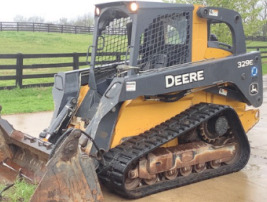
The John Deere 329E compact track loader driveline system components: a 186.3 cu.in (3.1L) Yanmar 4TNV94CHT 4-cylinder turbocharged diesel engine with a rated power of 86 hp (64 kW), and hydro transmission. The hydraulic system has a pump with a rated flow of 21 gpm (80 lpm). The system pressure is 3450 psi (238 bar). The John Deere 329E is equipped with planetary reduction gearbox, rubber tracks with steel inserts, and integral automatic wet-disc brakes. The loader has a boom lift force of 4600 lbs (2088 kg) and bucket breakout force of 10325 lbs (4688 kg). The rated operating capacity is 2900 lbs (1317 kg), and tipping load is 8300 lbs (3768 kg).
Engine Troubleshooting
Engine hard to start or will not start
Air in the fuel lines - Bleed the fuel lines.
Dirty fuel filter - Change filter element.
Fuel injection nozzles are clogged or faulty - Change fuel injection nozzles.
Dirt or water in fuel system - Drain water or flush dirt from the system.
Valve clearance is not correct - Correct valve clearance.
Damaged fuel injection pump - Replace injection pump or repair it.
Diesel starts but stalls immediately
Dirty air cleaner - Clean or change.
Fuel filter plugged - Change or clean the filter element.
Problems with fuel injection pump tightness - Inspect fuel injection pump for leaks.
Clogged or defective injectors - Clean or replace fuel injectors.
Damaged fuel injection pump - Install a new fuel pump or repair.
Engine stops running suddenly
Engine is cold - Warm up the engine.
Fuel filter element clogging - Clean or change the filter.
Air trapped in fuel system - Bleed air.
Faulty or dirty injection nozzles - Replace injection nozzles.
Incorrect adjustment of fuel injection pump timing - Use the correct fuel injection pump timing adjustment.
Engine stalls at low idle speed
Incorrectly set low idle speed - Correct low idle settings.
Fuel injection pump damage - Repair or change injection pump.
Fuel injectors are faulty or clogged - Clean or replace fuel injectors.
The valve clearance is incorrect - Adjust valve clearance.
Engine lacks power
Plugged air cleaner - Install new air cleaner element.
Fuel injection nozzles are clogged or faulty - If necessary, replace with a new nozzle.
Incorrect fuel injection pressure - Test fuel injection pressure and adjust it correctly.
Valve clearance is out of adjustment - Correct valve clearance.
Improperly adjusted low idle speed - Normalize low idle speed.
Dirty fuel hoses or lines - Clean fuel system lines and hoses.
Cylinder head gasket is damaged - Replace the gasket as required.
Piston rings are defective or leaking - Piston rings need to be replaced.
Engine overheated
Lack of coolant in cooling system - Add coolant and check the components of cooling system.
Engine oil level low - Check and refill engine oil.
Radiator core is dirty or radiator cap is damaged - Install new cap or clean radiator.
Excessive wear of the fan belt - The fan belt needs to be replaced.
Engine is overloaded - Load reducing required.
Oil pressure is insufficient
Oil level is insufficient - Fill crankcase to proper oil level.
Plugged engine oil filter - Replace or clean engine oil filter element.
Oil grade or viscosity is wrong - Use oil of proper viscosity.
Excessive crankshaft bearing oil clearance - Bearings need to be reinstalled.
Oil pump failure - Replace as required.
Abnormal engine noise or knocking
Lack of engine oil - Add oil to the engine crankcase.
Engine is not fully warmed up - Warm up the engine as required.
Timing of fuel injection pump is incorrect - Adjust the pump as required.
Low idle speed setting is incorrect - Correct low idle settings.
Defective fuel injectors - Replace fuel injectors.
Connecting rod failure or misalignment - Connecting rod must be aligned or replaced.
Pistons are worn or broken - Replace the pistons.
Drive system doesn't operate in one direction or either direction
Hydraulic fluid is insufficient - Fill the system to proper hydraulic fluid level.
Jammed or damaged track mechanism - Repair or fix jamming.
Defective relief valve - Repair or replace relief valve.
Dirty hydraulic filter or suction line - Replace hydraulic filter or clean suction line.
Faulty foot or hand controls - Check and repair as required.
Drive motor or pump failure - Replace or repair faulty component.
Machine does not move straight or moves jerky
Undercarriage tracks are defective or jammed - Repair or fix jamming.
Sagging or faulty tracks - Correct track sag with tensioning or repair tracks.
Foreign objects, debris, or dirt stuck in track frame - Remove foreign objects or debris and clean track frame.
Low power
Hydraulic oil filter is dirty - Change or clean hydraulic filter.
Relief valve is opened or defective - Close or replace relief valve.
Transmission components are defective or worn - Inspect and change defective parts.
Input drive shaft is defective - Service or change faulty drive shaft.
There is air in the hydraulic system - Air bleeding is required.
Drive system is overheated
Low hydraulic fluid level - Add fluid as required.
Clogged hydraulic fluid filter - Check, clean, or replace as required.
Relief valve malfunction - Change or repair defective relief valve.
Drive pump or hydraulic motor malfunction - Repair or replace faulty component.
Hydraulic oil cooler is dirty - Cooling fins should be cleaned.
Overloaded drive system - Load needs to be reduced.
Excessive noise
Wrong oil viscosity - Use oil of proper viscosity.
Air in the hydraulic system - Bleed hydraulic system.
Drive pump or hydraulic motor is damaged - Repair or replace faulty component.
Worn or damaged mechanical components of drive system - Check drive system and change faulty parts.
Hydraulic system overheats
Hydraulic pressure is not correct - Adjust pressure correctly.
Faulty or improperly adjusted main relief valve - Set up or change the relief valve.
Hydraulic fluid is dirty - Fill up with fresh hydraulic fluid.
Hydraulic oil level is low - Add oil to the hydraulic system.
Worn hydraulic oil pump - Repair or install new hydraulic pump.
Boom can't lift or drop
Lift controls are faulty - Repair or replace.
Hydraulic pump not working - Repair or replace pump if necessary.
Defective hydraulic control valve - Install a new valve or repair it.
Hydraulic cylinder failure - Repair or install a new lift cylinder.
Insufficient hydraulic oil - Checking hydraulic oil level and add if necessary.
Bucket is not working
Bucket tilt controls malfunction - Check and repair as required.
Defective hydraulic pump - Repair or install new hydraulic pump.
Hydraulic control valve malfunction - Install a new valve or repair it.
Hydraulic bucket cylinder is defective - Repair or replace cylinder.
Insufficient hydraulic oil - Checking hydraulic oil level and add if necessary.
Bucket or lift arm is moving slowly
Worn hydraulic oil pump - Flow-rate hydraulic pump and replace pump if necessary.
Leaking hydraulic cylinder - Cylinder seals need to be replaced.
Hydraulic fluid is insufficient - Fill up the hydraulic fluid.
Defective or not adjusted hydraulic control valve - Repair or adjust correctly.
Hydraulic system loosing pressure - Set pressure correctly.
Jerky operation of the bucket or boom
Air in hydraulic system - Need to bleed air.
Hydraulic oil filter element clogging - Service or replace the hydraulic filter.
Hydraulic oil is contaminated - Hydraulic oil change required.
Scratched cylinder rod or tube - Replace defective component.
Hydraulic pump makes excessive noise
Hydraulic leaks or lack of oil - Top up hydraulic oil or remedy leakage in system.
Hydraulic filter clogging - Replace or clean the filter.
Suction line is clogged - Suction line needs to be cleaned.
Pump sucks air - Need to bleed air.
Faulty pump components - Rebuild or replace hydraulic pump.
Battery will not charge
Electrical wire connections are loose or corroded - Service or tighten cable connections.
Battery terminal clamps are faulty - Change terminal clamps.
Battery failing - Change the battery.
Loose or defective belt - Belt needs to be adjusted or replaced.
Starter cranks slowly
Low battery voltage - Battery needs to be recharged.
Battery will not hold charge - Service charging system or replace battery.
Faulty battery terminals or disconnected cables - Check wire connections and change or service terminals.
Starter is not working
Battery is drained or worn - Battery needs to be recharged or replaced.
Wiring is incorrectly connected or disconnected - Inspect wiring and connect correctly.
Low battery power - Low battery charging, charge as required.
Starter motor failing - Repair or install a new starter.
________________________________________________________________________________
| BOBCAT SKID STEER AND COMPACT TRACK LOADERS |
________________________________________________________________________________________
________________________________________________________________________________________
________________________________________________________________________________________
| GEHL SKID STEER AND COMPACT TRACK LOADERS |
________________________________________________________________________________________
________________________________________________________________________________________
________________________________________________________________________________________
| CASE SKID STEER AND COMPACT TRACK LOADERS |
________________________________________________________________________________________
________________________________________________________________________________________
________________________________________________________________________________________
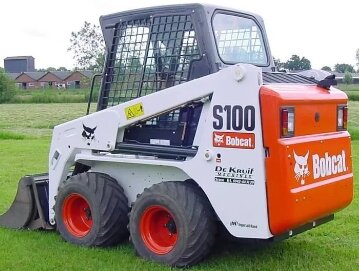 S100
S100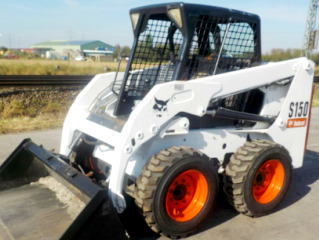 S150
S150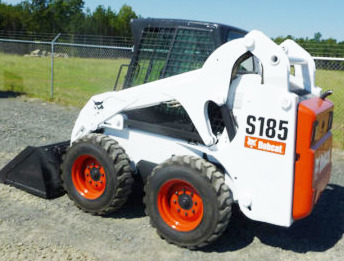 S185
S185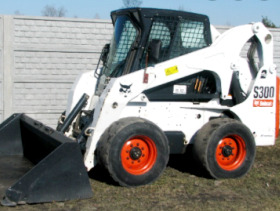 S300
S300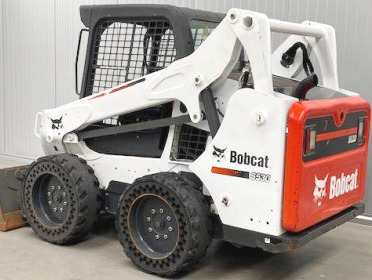 S530
S530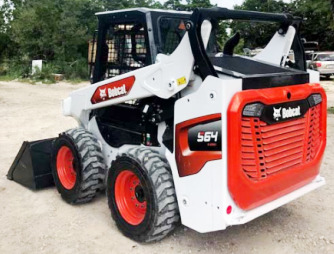 S64
S64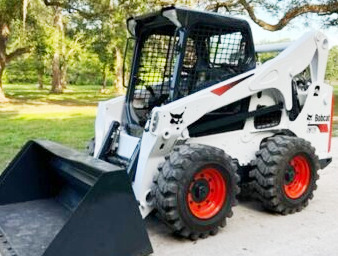 S740
S740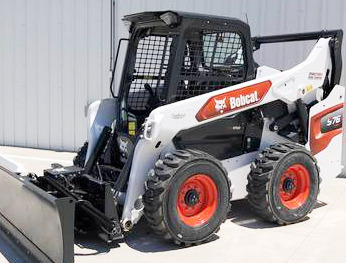 S76
S76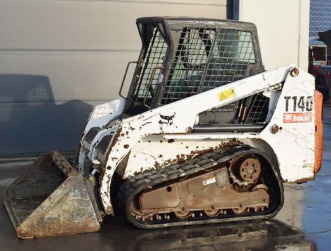 T140
T140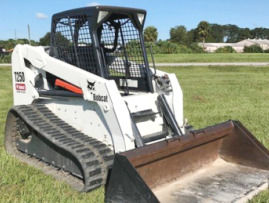 T250
T250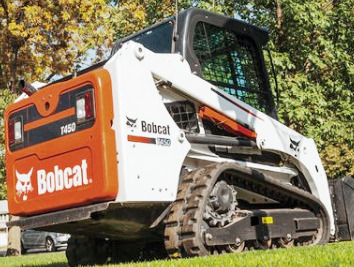 T450
T450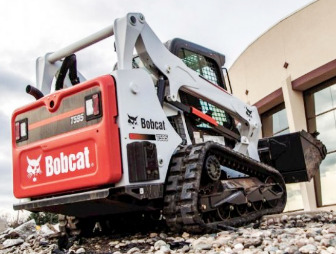 T595
T595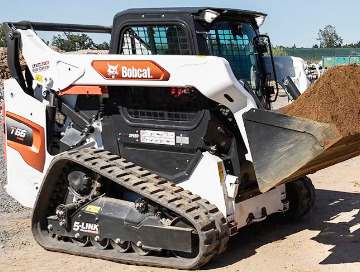 T66
T66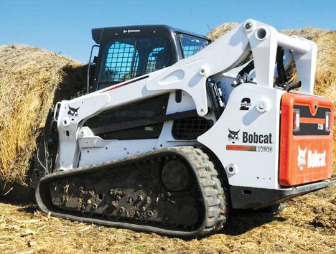 T750
T750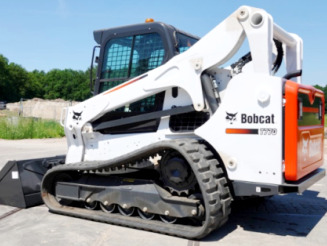 T770
T770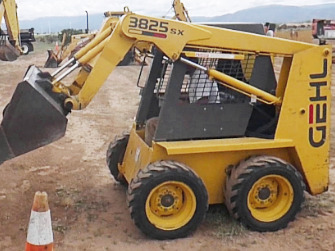 3825SX
3825SX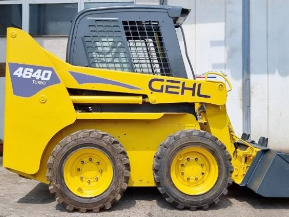 4640
4640 5625DX
5625DX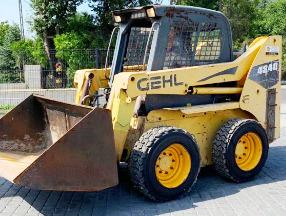 4840E
4840E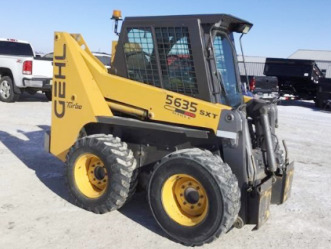 5635SXT
5635SXT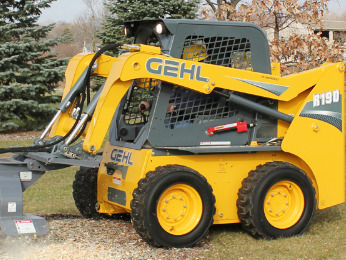 R190
R190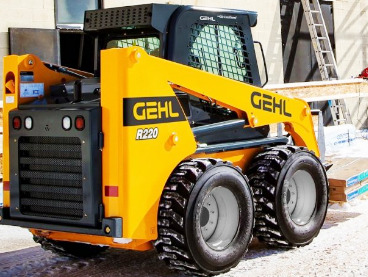 R220
R220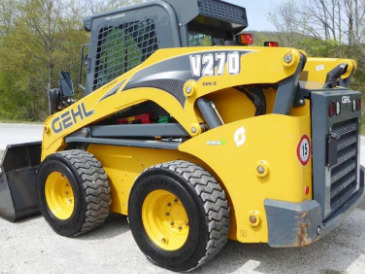 V270
V270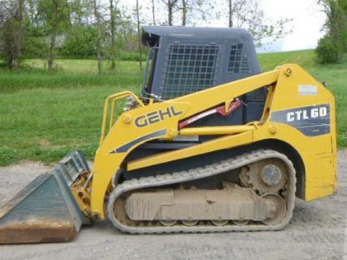 CTL60
CTL60 CTL75
CTL75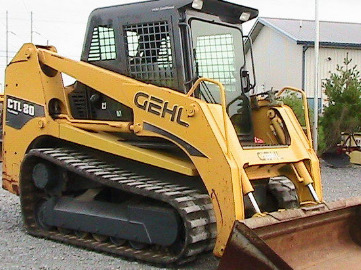 CTL80
CTL80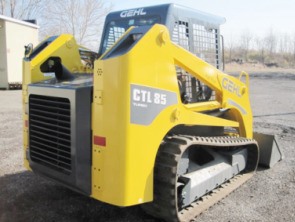 CTL85
CTL85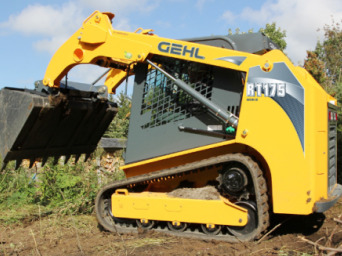 RT175
RT175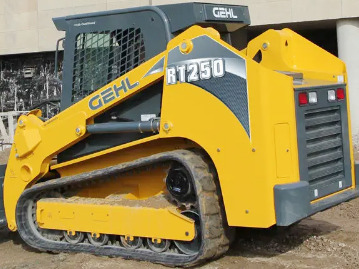 RT251
RT251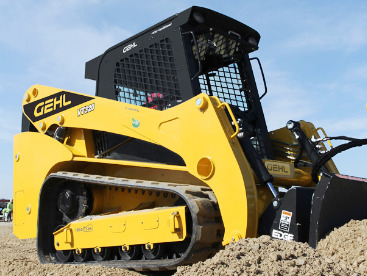 VT320
VT320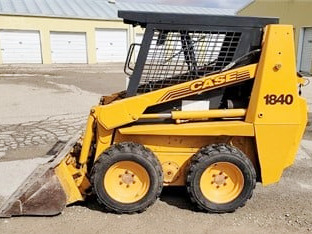 1840
1840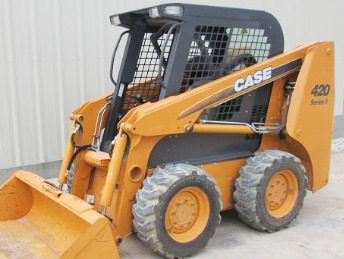 420
420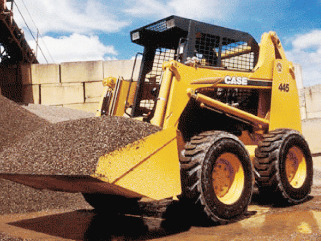 445
445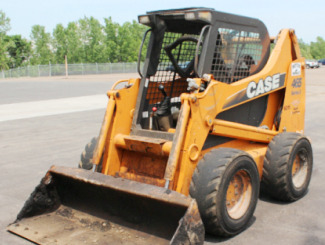 465
465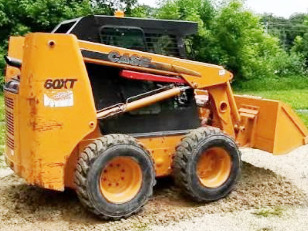 60XT
60XT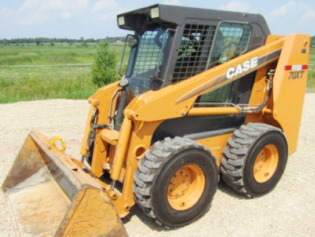 70XT
70XT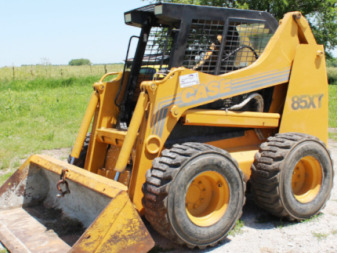 85XT
85XT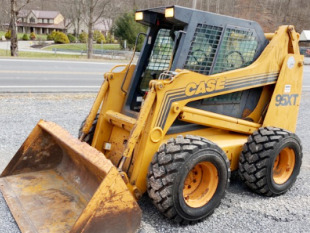 95XT
95XT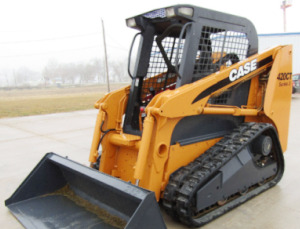 420CT
420CT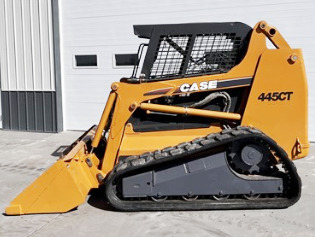 445CT
445CT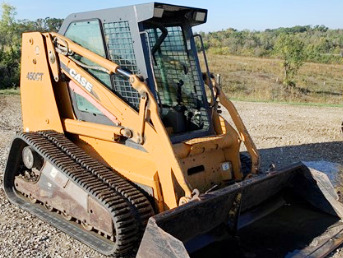 450CT
450CT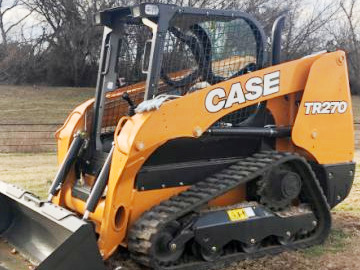 TR270
TR270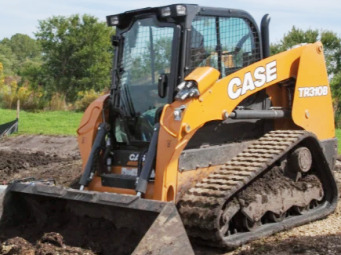 TR310B
TR310B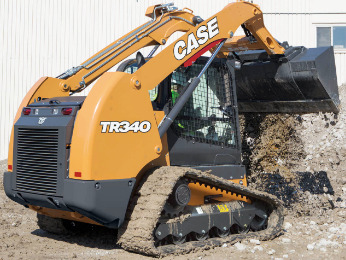 TR340
TR340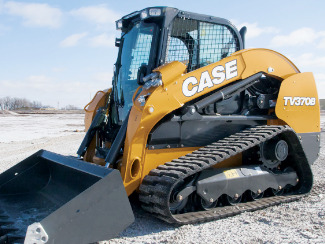 TV370B
TV370B